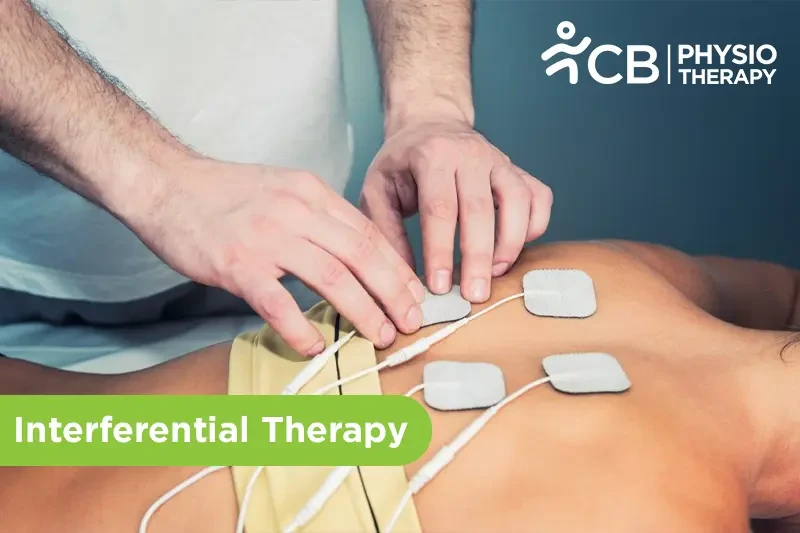Vector effectThe interference field is rotated to an angle of 450 in each direction, the field thus covers a wider area. This is useful in diffuse pathology or if the site of the lesion cannot be accurately localized.
Frequency swingsSome equipment allows a variation in the speed of the frequency swing. A rhythmic mode may be a continuous swing from 0 to 100 Hz in 5-10s and back in a similar time or it may hold for 1-6s at one frequency followed by 1-6s at another frequency with a variable time to swing between the two.
Constant frequencySome treatments may be carried out with the interference fixed at a certain frequency. Rhythmic frequency is useful if several types of tissues are to be treated at once. A variation in the frequency also overcomes the problem of tissue accommodation where the response of a particular tissue decreases with time.
Frequency sweepThe principle of using the sweep is that the machine is set to automatically vary the stimulation frequency, it uses either pre-set or user-set sweep ranges. The sweep range should be appropriate to the desired physiological effects.
The pattern of the sweep makes a significant difference in the stimulation received by the patient. Most machines offer several sweep patterns:
- Triangular sweep pattern.
- Rectangular Sweep Pattern.
- Trapezoidal Sweep Pattern.
In the 'triangular' sweep pattern, the machine gradually changes from the base to the top frequency, for 6 seconds. Although some machines offer 1 or 3-second options. All frequencies between the base and top frequencies are delivered in equal proportion.
Rectangular sweep is a different stimulation pattern in which the base and top frequencies are set, but the machine then 'switches' between these two specific frequencies rather than gradually changing from one to the other
One will deliver a full range of stimulation frequencies between the set frequency levels and the other will switch from one frequency to the other. The 'trapezoidal' sweep is effectively a combination of these two.
